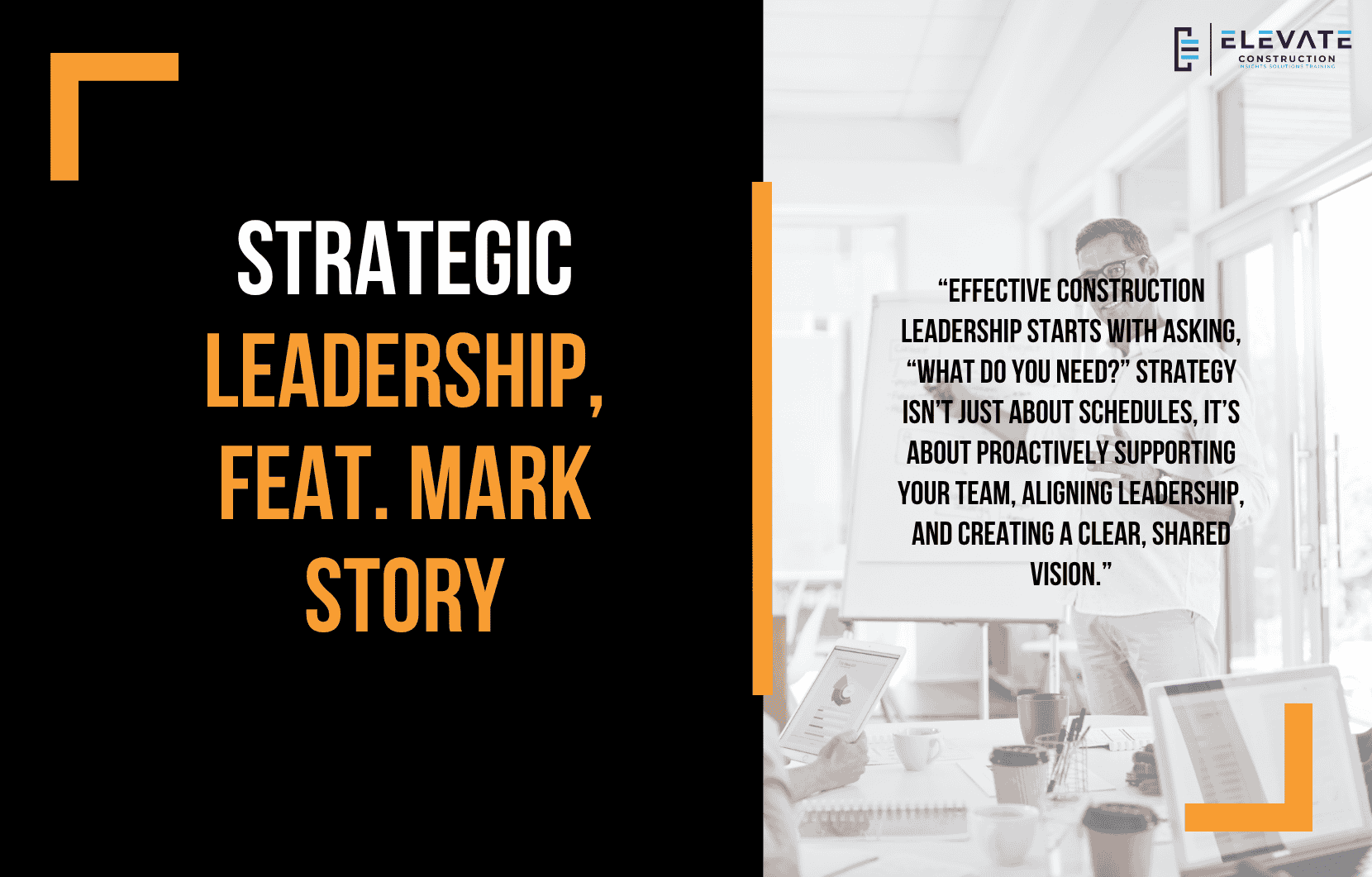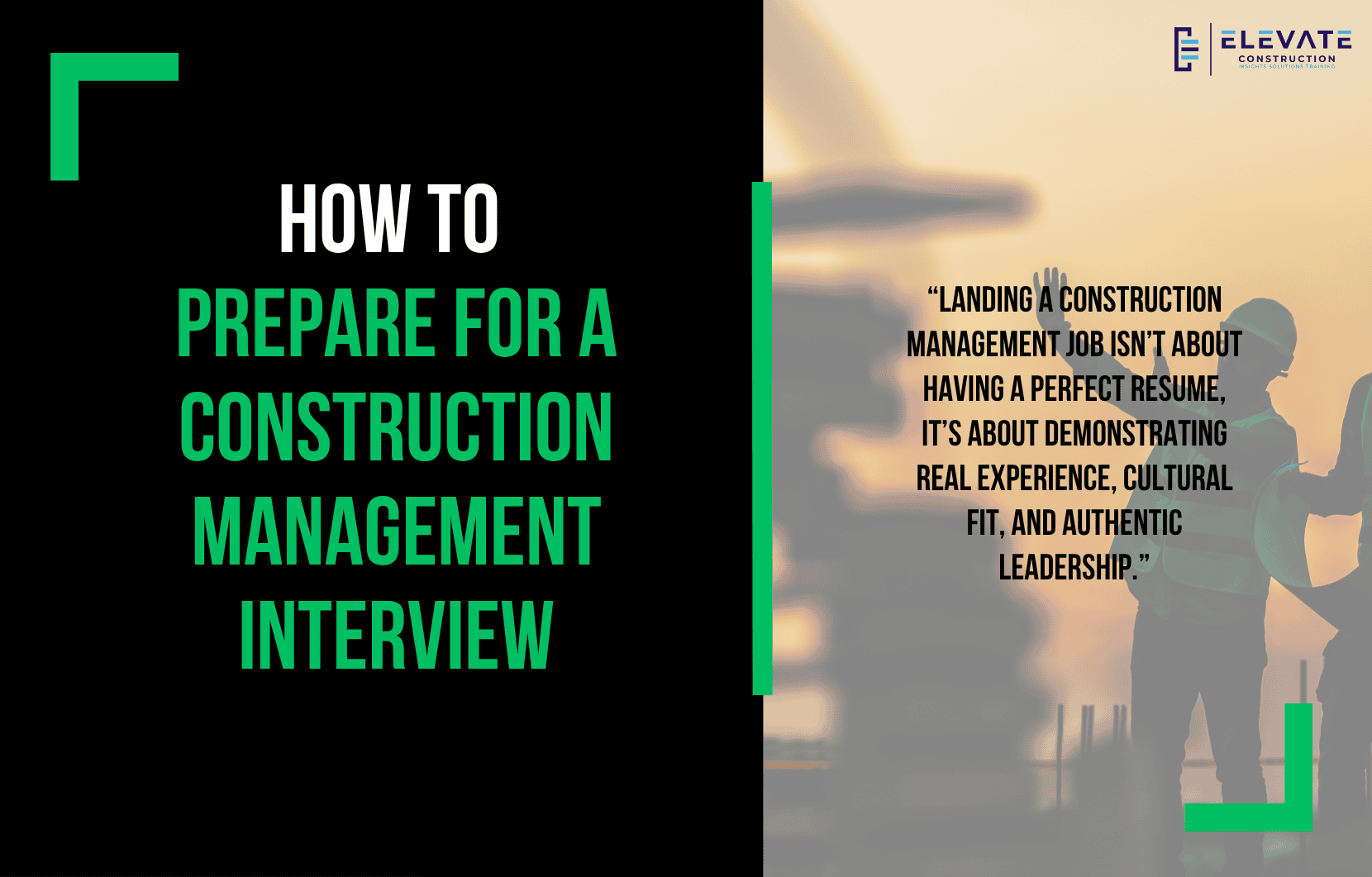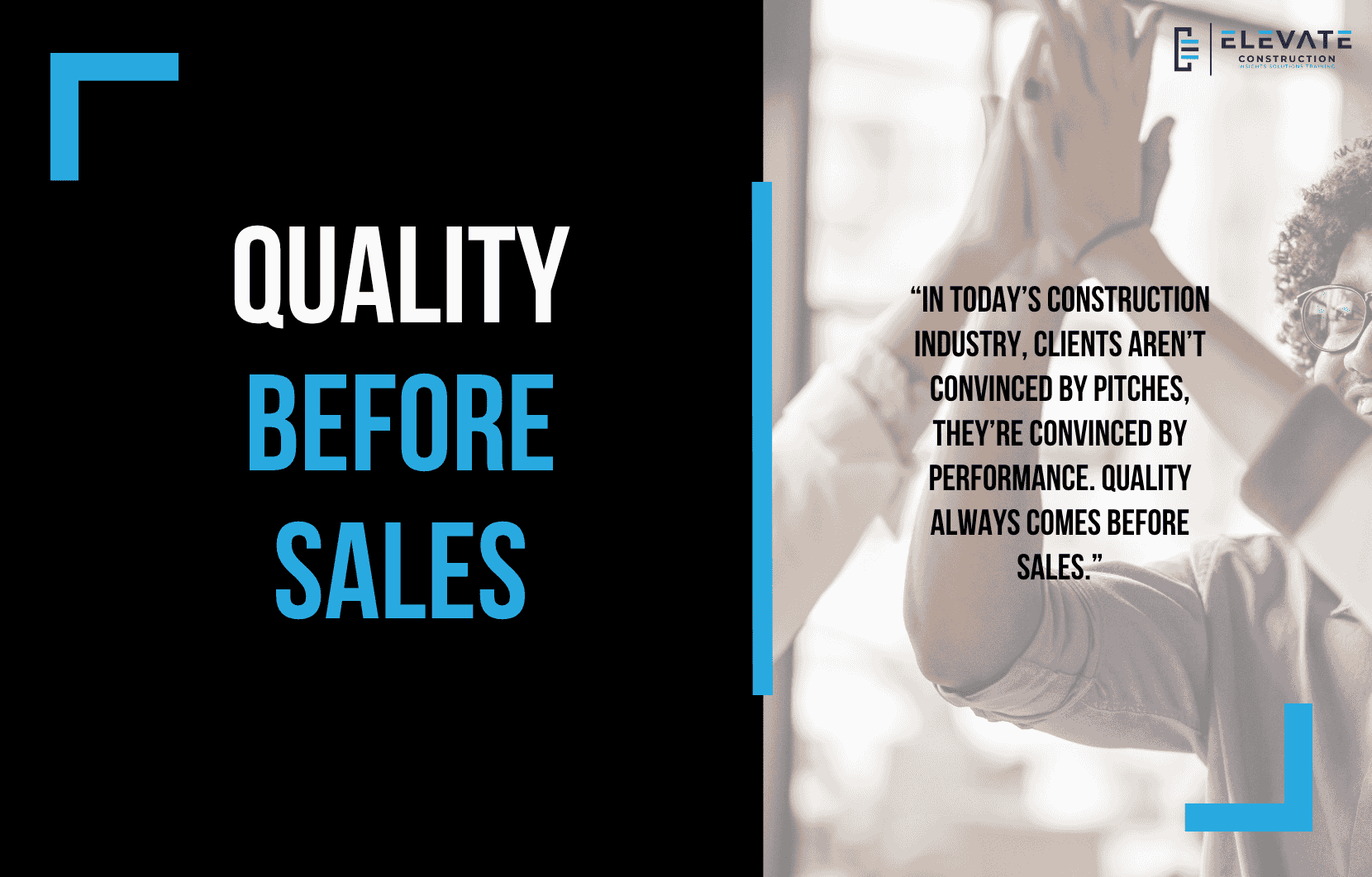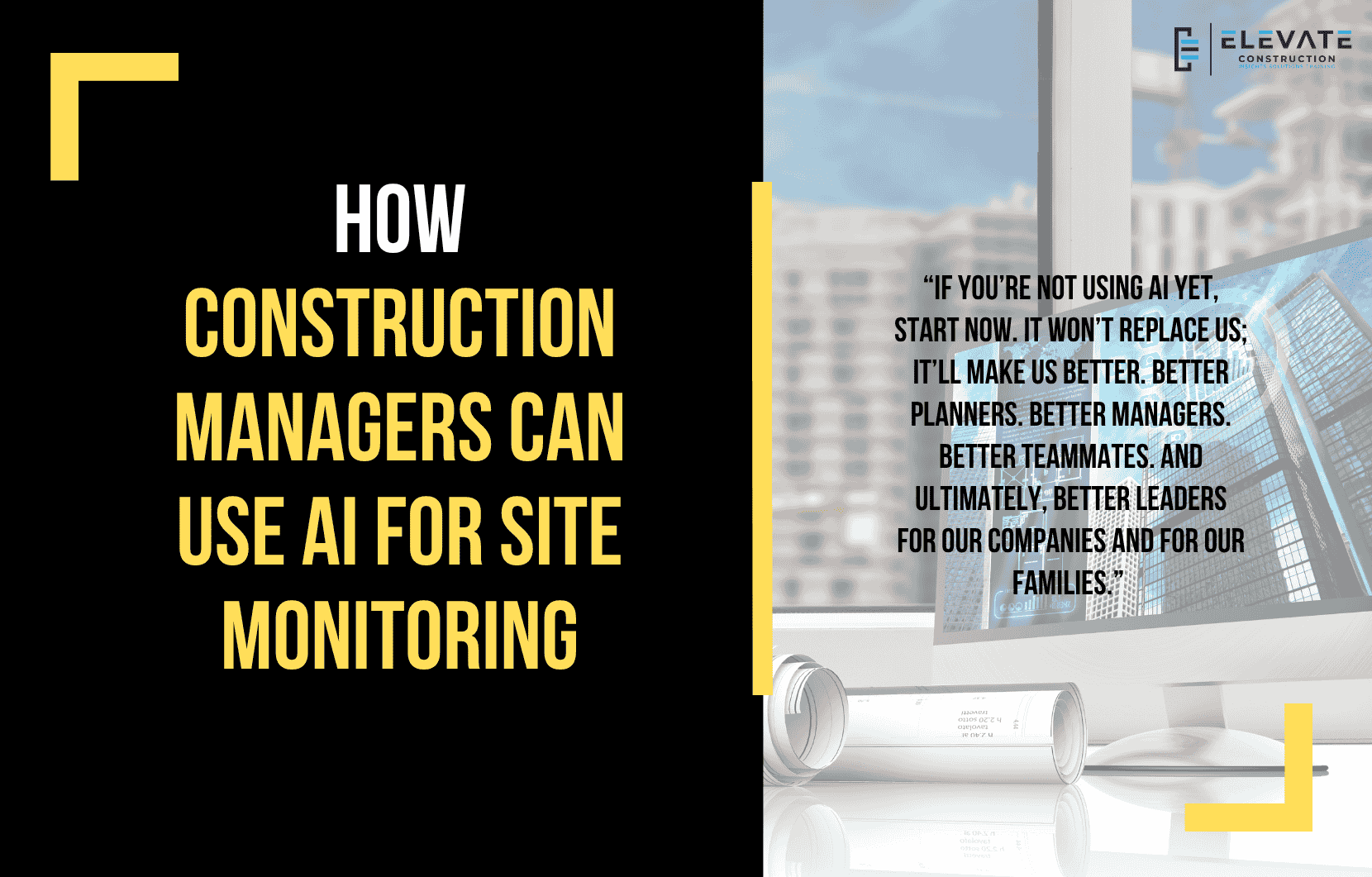Building Strategy into Construction Leadership: A Conversation with Mark Story
In this blog, I had the privilege of sitting down with Mark Story to dive into a topic that’s often talked about but rarely executed well Strategy in Construction. Mark is one of the sharpest general superintendents out there, and his insights are invaluable for anyone serious about improving team performance, project outcomes, and leadership effectiveness.
The Training Dilemma: How Do We Reach More People?
We started the conversation with a big question: How do we get essential training to more people in the industry in a way that actually sticks?
Mark’s take is clear, cheap is expensive. If we continue to prioritize short-term convenience over quality training, we’ll keep getting the same mediocre results. He drew a great analogy: would you buy cheap binoculars when you know you’ll be using them every day? Of course not. The same applies to training. It’s painful to invest time and money upfront, but it pays off tenfold in saved time, better results, and higher morale.
Mark emphasized that while people want the training, the challenge is making the time for it. His solution? In-person, hands-on training. Virtual sessions and online modules have their place, but nothing replaces the impact of real-time, interactive learning.
But to make that happen, we need to influence leaders, Field Ops Managers, General Superintendents, Business Unit Leaders because they hold the keys to freeing up time and resources for training. If they see the value, they’ll make it a priority.
Thinking Strategically is More Than Scheduling:
We transitioned into the core theme of this blog: Strategy.
Mark pointed out that strategy isn’t just about managing the schedule. It’s about applying strategic thinking to every aspect of the project, staffing, logistics, material flow, team dynamics, and more. He stressed the importance of smaller, focused leadership groups having strategic conversations early and often.
According to Mark, these strategic sessions should:
- Identify the key roles and people needed (not just filling org chart boxes).
- Ensure PMs and Supers work in lockstep with a shared vision.
- Focus on long-term, global thinking, not just daily tasks.
- Strategically plan logistics like material access, site flow, and team dynamics.
The outcome? Fewer meetings, less rework, and teams that are aligned and proactive rather than reactive.
The Power of Asking “What Do You Need?”
One of Mark’s most impactful strategies for building trust on a project is deceptively simple: ask people what they need and go get it for them.
He explained how this approach changes team dynamics. When you ask a trade partner what they need to be successful and then take action to remove those roadblocks, trust builds quickly. Even if you can’t solve everything, being transparent and communicating openly builds a partnership mindset.
As Mark put it: “We’re not the ones moving the dirt, pouring the concrete, or setting the steel. We hired experts for a reason so trust them, support them, and they’ll go the extra mile for you.”
This approach flips the traditional accountability model. Instead of demanding trades deliver results without support, it shifts the focus to enabling their success, which naturally leads to accountability on both sides.
Strategy vs. Tactics: Know the Difference
We wrapped up with a crucial distinction:
- Tactics are the day-to-day actions keeping a clean site, holding morning huddles, following up on details.
- Strategy is the high-level plan that ensures every tactic aligns with the project’s ultimate goals.
If you’re always looking at your feet, focusing only on tactics, you’ll miss the bigger picture. Strategic conversations allow teams to lift their chins, look ahead, and prevent issues before they arise.
Your Challenge: Apply This Now
Mark’s closing challenge is simple and actionable: Take the concepts we discussed, asking “What do you need?”, strategic planning sessions, influencing leadership and apply them to one challenging area on your project. Then, watch how it transforms.
Key Takeaway:
Effective construction leadership starts with asking, “What do you need?” Strategy isn’t just about schedules, it’s about proactively supporting your team, aligning leadership, and creating a clear, shared vision. When leaders prioritize strategic thinking and enable their teams’ success, project outcomes dramatically improve.
If you want to learn more we have:
-Takt Virtual Training: (Click here)
-Check out our Youtube channel for more info: (Click here)
-Listen to the Elevate Construction podcast: (Click here)
-Check out our training programs and certifications: (Click here)
-The Takt Book: (Click here)
Discover Jason’s Expertise:
Meet Jason Schroeder, the driving force behind Elevate Construction IST. As the company’s owner and principal consultant, he’s dedicated to taking construction to new heights. With a wealth of industry experience, he’s crafted the Field Engineer Boot Camp and Superintendent Boot Camp – intensive training programs engineered to cultivate top-tier leaders capable of steering their teams towards success. Jason’s vision? To expand his training initiatives across the nation, empowering construction firms to soar to unprecedented levels of excellence.
On we go








